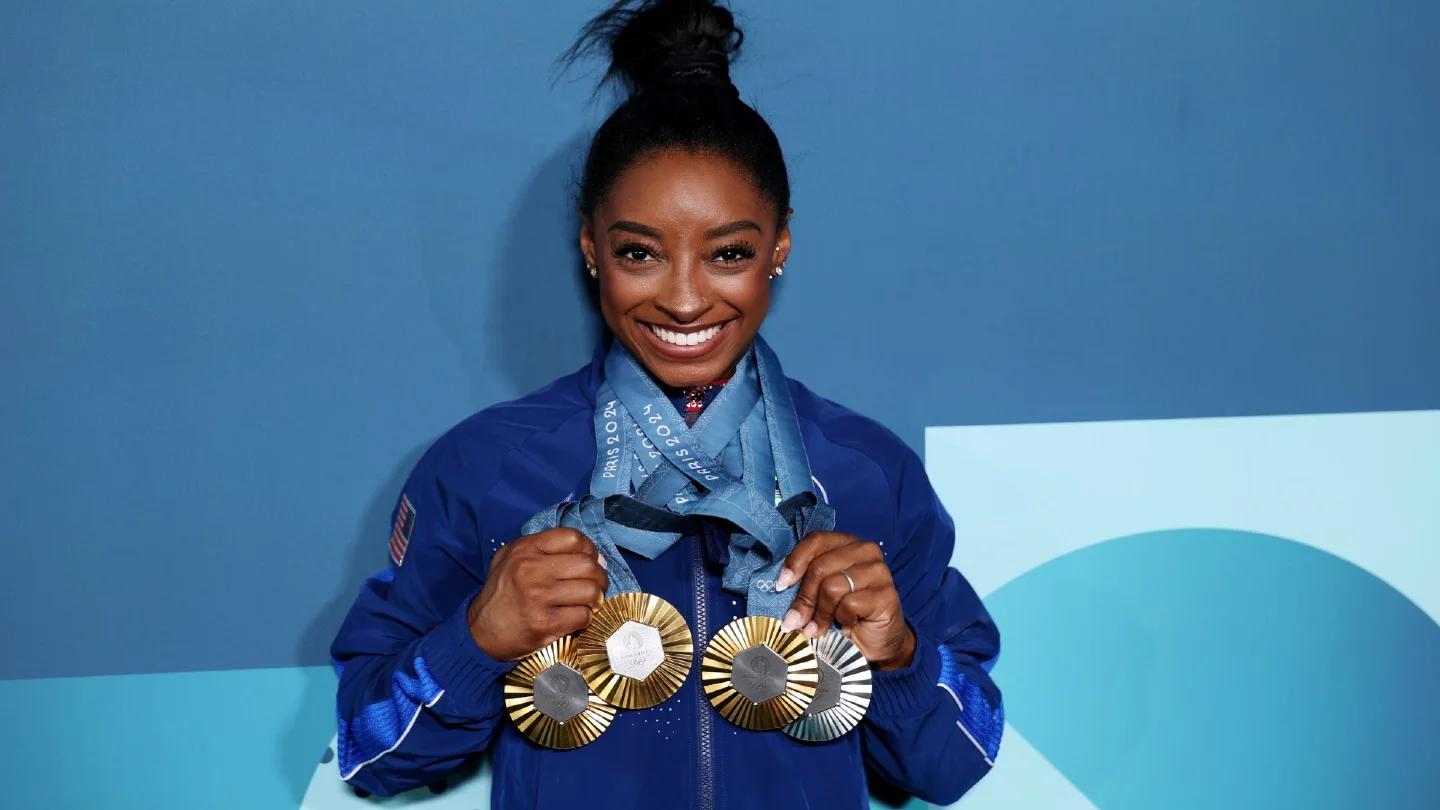

128 years after the modern Olympic era began in Athens in 1896, an historic milestone has been reached in Paris 2024 – equal male and female athlete participation. While this is undoubtedly something to be celebrated, gender parity has still not been reached across the board.
There may be equal male and female participants in the Olympics but in terms of sponsorship, media rights, prize money and fans, parity does not exist.
The gender parity debate has dominated conversations among brands, advertisers and media since the commercial and marketing opportunities for women’s sport began to emerge.
We’ve seen brands and sports clubs successfully launch new products and services to tackle inequality, change perceptions and make sport more attractive for women, but one area that could do with a little more love is fandom. Because more fans mean more attention; brand investment follows the eyeballs and is the secret sauce to parity.
Real gender parity in sport requires a ground up approach. If brands, sponsors, governing bodies and rights holders are to entice wider audiences and drive long-term change, while increasing their own awareness, they need to move from comparison between men’s and women’s sport to implementing tangible ways of driving fandom.
This means a more systematic approach to recognising – and encouraging – fans across sports regardless of their sex. To focus on overturning the lazy assumptions that only women watch women’s sport – or that it’s only the male fans that matter to the male sports.
Recent deals demonstrate the investment that is coming into women’s sport. The Caitlin Clark and Nike deal was the biggest ever sponsorship deal for a women’s basketball player, but why didn’t they offer Clark a venture deal (including shoe sales) as they did for Michael Jordan?
The WNBA just agreed a $2.2 billion broadcast deal over 11 years with NBC, Disney and Amazon which is worth more than three times its previous cycle. This investment is really encouraging and will give an even greater platform to the sport with an inevitable knock-on effect on fandom.
In the UK, the Women’s Super League has announced YouTube as a new broadcast partner. It means that non-televised games in the upcoming season will now be broadcast on the league’s official YouTube channel which again will support women’s football’s growing popularity and increasing access and viewability among fans.
Social media offers a powerful platform for fandom. More than 90% of Gen Z fans turn to social media to watch and create sports content and this audience is increasingly diverse, young and open-minded.
This is a gold mine of an opportunity for brand campaigns to lead with personal athlete stories, humorous content and tactical videos that appeal to the interests of those that don’t class themselves as die-hard fans.
We are seeing this played out to the full this Olympics – the first true TikTok games. Not only has the Olympics partnered with TikTok, it has also relaxed its rules for athletes. This means fans can enjoy more direct interaction. Expect to see new personalities born these games, not only as medal winners, but also as short-form storytellers.
Female sport stars have often excelled in this medium and smart brands will be watching carefully, ready to sign up new stars come the closing ceremony.
Using creative ways of celebrating women for being good athletes will drive fandom. We saw some standout examples win at this year’s Cannes Lions where creativity is celebrated with the much talked about WoMen’s football campaign from Orange using highly creative storytelling techniques to expose and challenge gender bias in football winning a Grand Prix.
While social media channels grab a lot of attention, people still access content across a variety of platforms, allowing brands to play with different content formats – and here long-form cannot be underestimated.
Docu-series, such as Drive to Survive and Break Point, are part of still relatively new premium content formats that continue to shape fandom. And now with the release of Netflix’s Simone Biles Rising, a female athlete is finally securing this long-form attention.
Long-form options allow the industry to garner two types of audiences who can appear very different: those who already love the sport and those whose interests lie in everything but the main event. For example, Drive to Survive’s audience is much younger and more female, as the off-track drama, juicy sub-stories and F1 drivers’ personalities gain a different type of attention.
As the digital world evolves, so do contemporary fan behaviours. From video games to the use of technology in physical activities, humans are hard-wired to pursue goals for rewards. Gamification taps into this motivation to shift habits from passive media consumption to active participation – and gains fans along the way.
Bringing women’s sport into these arenas could build on the cross-cultural benefit of sports and gaming to boost fandom – the slow recognition of the role and value of women’s sports is mirrored in the treatment of women gamers so strength and synergy will come from bringing these two together.
The gamification market is set to reach more than $30 billion by 2025, playing a crucial role in the global development of the sports industry – and a key tool in enticing diverse fans to sports they may not otherwise have considered.